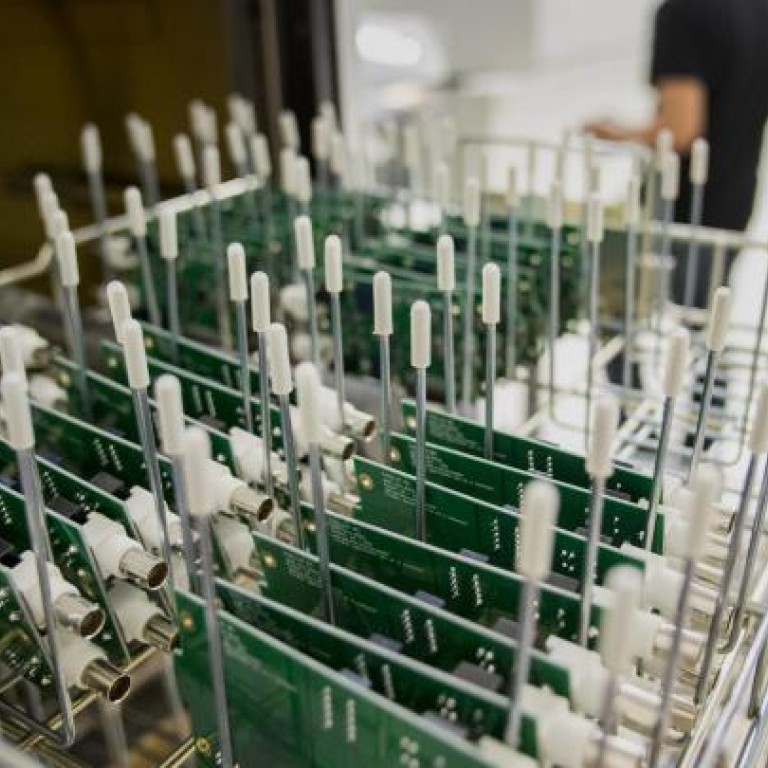
China's portion of manufacturing set to decrease
The global supply chain is evolving and the models established during the past 30 years might change, said Victor Fung, chairman of the Fung Group, at a forum held yesterday by the Central Policy Unit and the National Academy of Economic Strategy, an economic think tank under the Chinese Academy of Social Sciences.
China's portion of world manufacturing is set to decrease in contrast to the past, said Fung, who is also honorary chairman of global sourcing company Li & Fung. But he said that industries related to high-value added would keep increasing in Asia.
"Due to rising operational costs, more overseas buyers will adopt a strategy of 'China plus one'," Fung said, referring to the acts of relocating some manufacturing to countries outside China such as Indonesia, Vietnam and Bangladesh.
Another phenomenon was that high-end manufacturing might reappear in the United States, he said. "In the United States, because of the bright outlook of the development of new energy and the rising transportation costs, there is a possibility of high-end manufacturing's coming back to the country."
However, others involved in manufacturing, who did not participate in the forum, cautioned that changes in business models might not come quickly.
Irons Sze Wing-wai, president of the Chinese Manufacturers' Association of Hong Kong, said that for manufacturing to work in the US involved the whole supply chain rather than just individual factories. "For manufacturing to move back [from the mainland] to Hong Kong, it is already a difficult task. Let alone to the US."
Pauline Ngan Po-ling, deputy chairperson and managing director of Mainland Headwear, one of the world's largest cap makers, said the relocation of manufacturing activities to lower-cost regions was only feasible when the supply chain was available.
The Hong Kong-based cap maker, which runs factories in Shenzhen and Panyu, started relocating part of its manufacturing to Bangladesh, where wages are a fraction of Shenzhen's. The relocation was triggered by the mainland's industrial upgrade, soaring wages and relentless labour shortages.
"Bangladesh is a long-term solution, but in the medium term, China still remains a manufacturing base," Ngan said.
